Bent's Old Fort National Historic Site
In the 1840s the Arkansas River was the border between territory claimed by the United States and Mexico. Located along the river, Bent's Fort was an adobe trading post on the Santa Fe Trail, where traders, trappers, travelers, and the Cheyenne and Arapaho tribes came together in peaceful terms for trade. Today, a reconstructed fort allows visitors to explore the front line of Westward Expansion.
Map showing location of park.
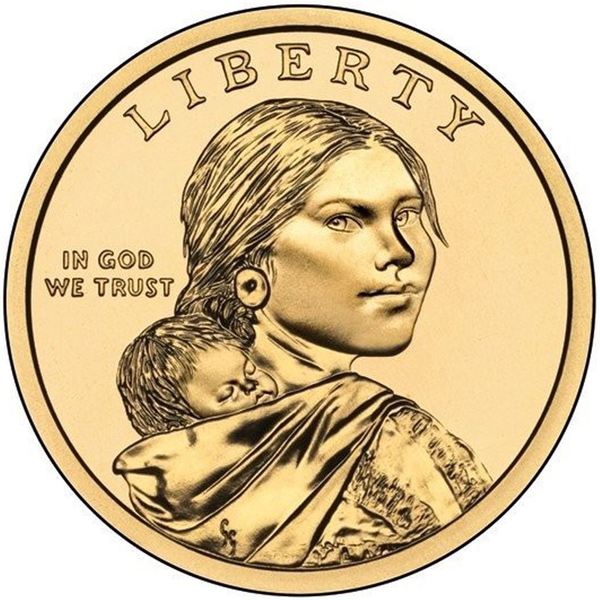
Pompey: The Man on the Dollar
Bent’s Old Fort National Historic Site announces special presentations for Saturday, July 5th, 2025, as part of its Stories of the Borderlands program series. This presentation will be offered at 10:00 a.m. in the corral at the rear of the Fort, and 2:00 p.m. at Woodruff Memorial Library in La Junta, Colorado.
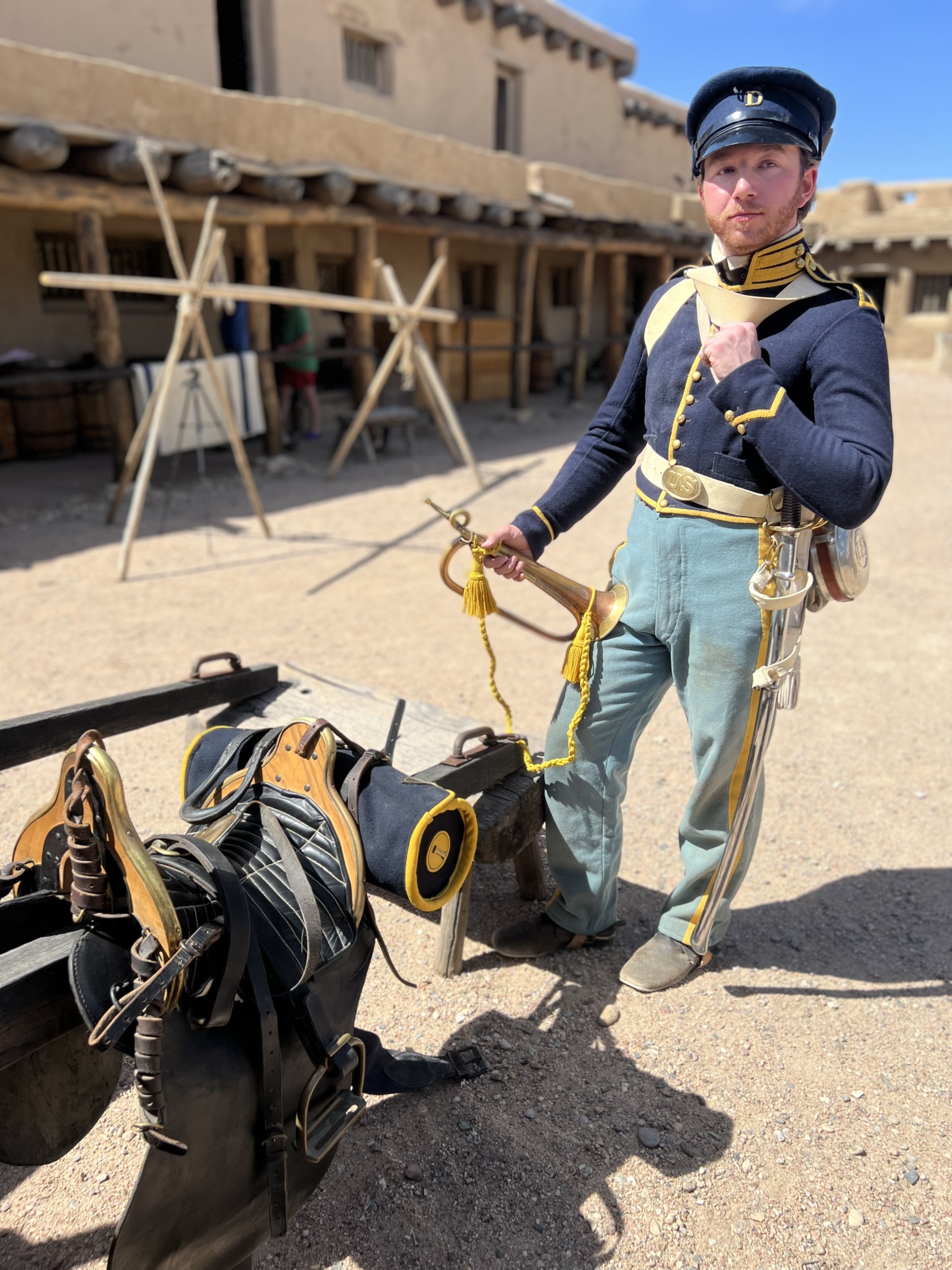
Forward March! The 250th Birthday of the U.S. Army
Bent’s Old Fort National Historic Site announces a special program hosted from 9:00 am to 4:00 pm, on Saturday, June 14, 2025. These programs will commemorate the 250th Birthday of the United States Army, which is also Flag Day.
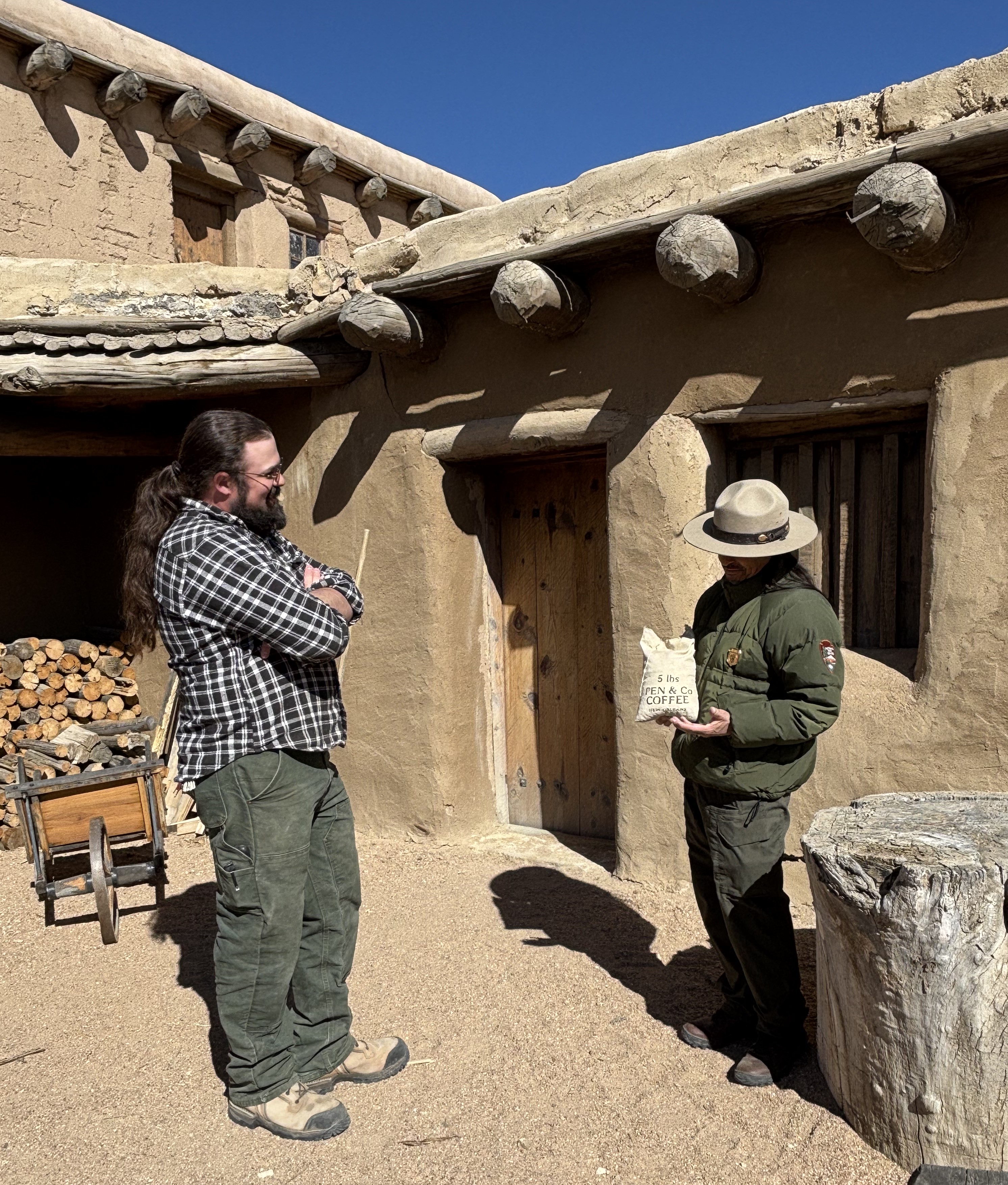
Reconstructed fort at Bent’s Old Fort National Historic Site to open for guided tours
Guided, park ranger-led tours of the reconstructed fort will begin on Saturday, May 24, 2025. For the summer of 2025, guided tours of the fort will occur at 9 and 11 a.m. on Saturdays and at 11 am on Sundays, Mondays, Thursdays, and Fridays. Each tour will last approximately 75 minutes and begin at the visitor parking orientation shelter. Tours are limited to twenty-five participants.
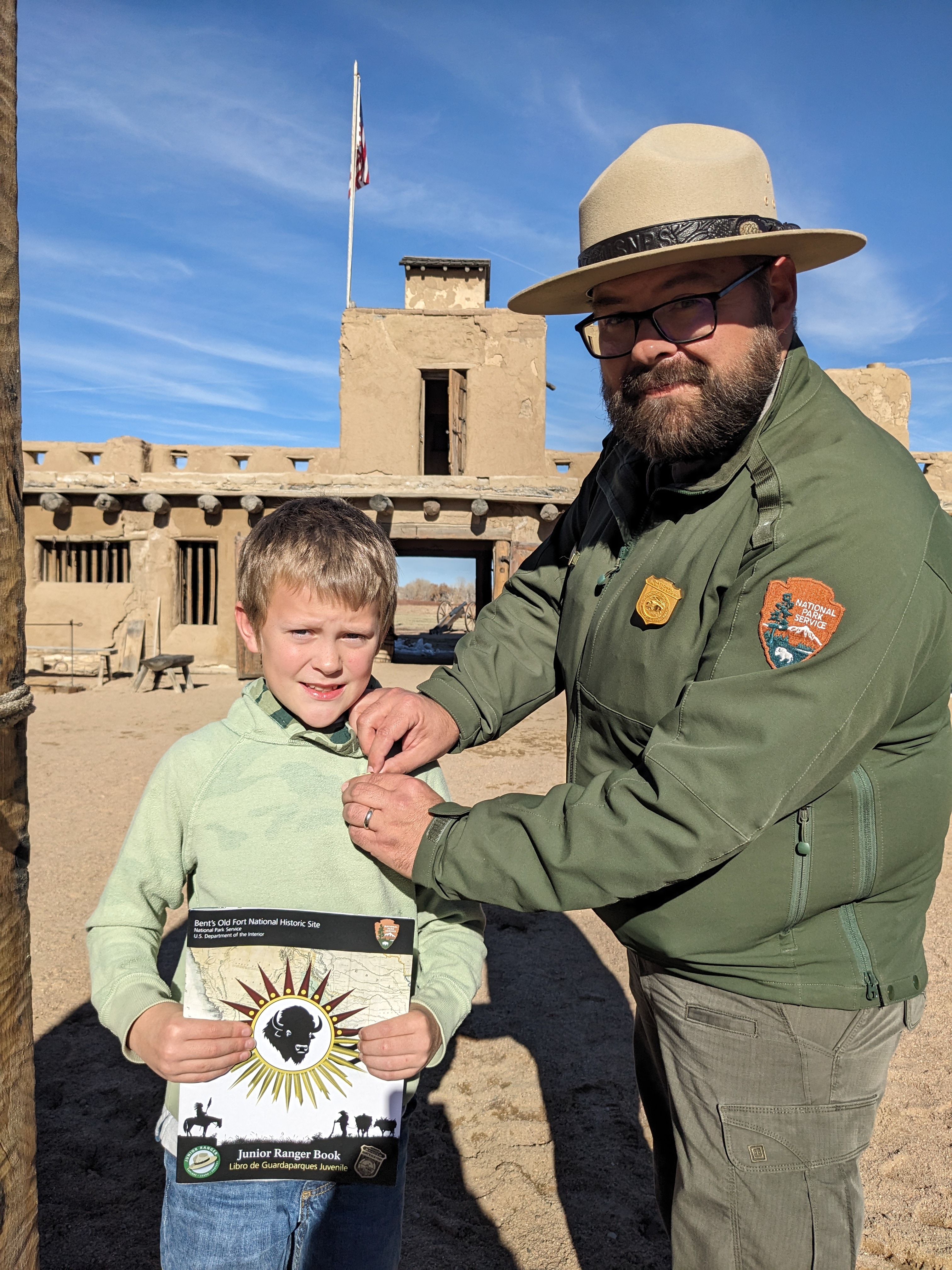
Junior Ranger Day at Bent's Old Fort
Bent’s Old Fort National Historic Site is excited to announce a special program in the park from 9:00 am to 12:00 pm, on Saturday, May 10, 2025. This free program will be the official launch of our brand-new bilingual Junior Ranger book!
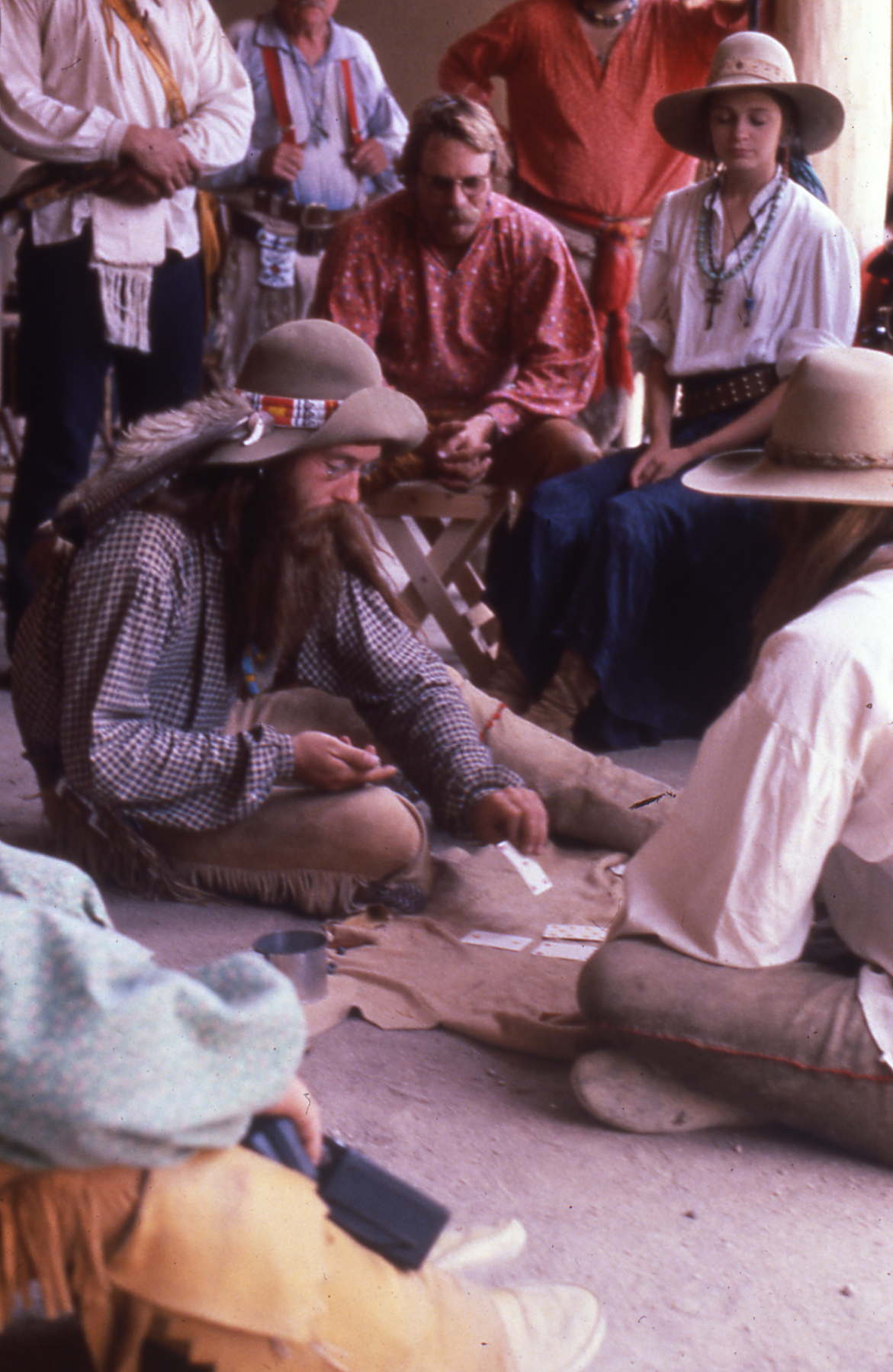
Entertainment in the Borderlands
Bent’s Old Fort National Historic Site announces a special program hosted at Boggsville Historic Site from 9:00 am to 4:00 pm, on Saturday, April 5th, 2025. This program will focus on historic forms of entertainment enjoyed and influenced by the different cultures of the Southwestern Borderlands. Gambling and competitions were often among the first interactions between different peoples, and participation was often a path to learn about each other’s cultures. They often learned each other’s games before they were able to learn their languages.
Photo by NPS Photo
Photo by NPS Photo
Photo by NPS Photo
Photo by NPS Photo
Photo by NPS Photo
Photo by NPS Photo
Photo by NPS Photo
Photo by NPS Photo
Photo by NPS Photo
Photo by NPS Photo